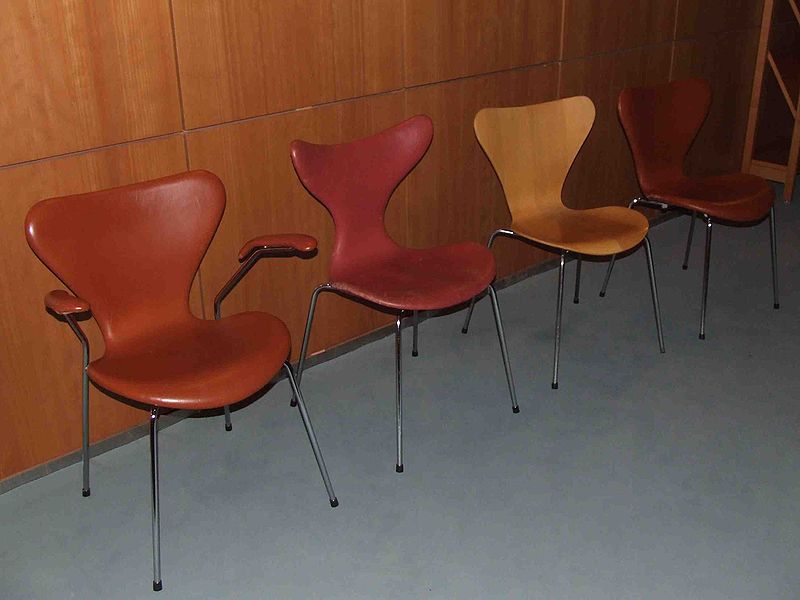If you initiate an internet search for midcentury modern, chances are very
high that you will happen upon a man named Joseph Eichler or at least the term ‘Eichler.”
Eichler was a well-known real estate developer whose company built tracts of sleek but affordable modern homes in and around San Francisco and Los Angeles during the 1950s, 1960s, and 1970s. Although he was not an architect by trade, he surrounded himself with several key architects (Robert Anshen, A. Quincy Jones, Frederick Emmons, etc.) to define the special midcentury look his homes are so famous for epitomizing.
 |
| Monique Lombardelli and her film crew. |
Fans of Eichler homes are legion and so the market for these homes is noticeably quite high. Monique Lombardelli is prominent among these fans. Monique, a bay area realtor, fell under the “Eichler” spell years ago and decided to highlight Eichler and his wonderful homes in a cool and creative way by producing a visual perspective for all to enjoy, and to preserve the lasting memory of the Eichler aesthetic. In 2012 she produced a film about these unique homes entitled: People in Glass Houses: The Legacy of Joseph Eichler.
Monique's landmark film captures the Zeitgeist of the Eichler period through vintage photographs and video along with various interviews of homeowners, business partners, and Ned Eichler (Joseph Eichler’s son).
The film is a must see for all midcentury modern era enthusiasts. Despite having been produced recently, the film has already garnered praise and awards.













